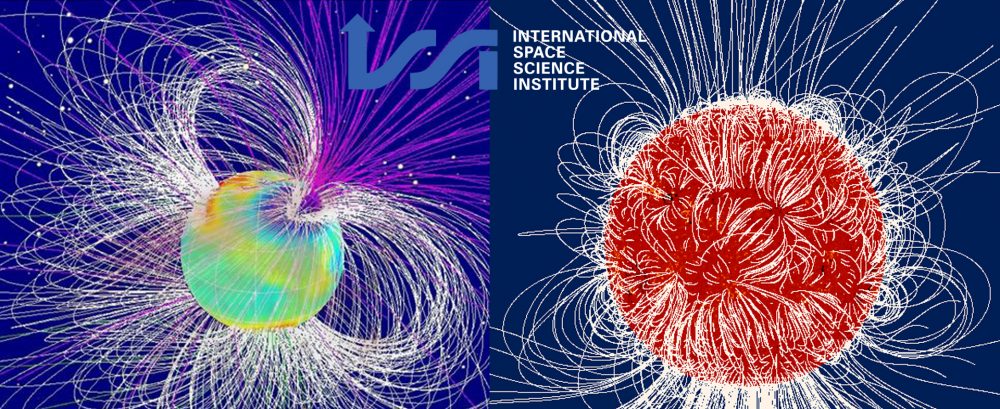Context of the Workshop
The idea of the workshop is to take stock of the considerable progress in our understanding of many aspects of solar and stellar dynamos that has been made during the last decade. This became possible thanks to a wealth of observations from the ground and from space, the study of simplified models, and a new generation of comprehensive 3D MHD simulations.
Objectives of the Workshop
Simulations are successfully used to study cyclic large-scale dynamo action as well as the crucial processes of formation, rise, and emergence of magnetic flux loops. The operation of small-scale dynamo processes is revealed by high-resolution solar observations, which can be directly compared with numerical simulations of radiative MHD. Observations from ground and from space are dramatically increasing the amount of information on rotation, magnetic activity, and cycles for a wide range of stellar parameters and evolutionary stages. These developments herald the beginning of a new era in dynamo research. Growing understanding of the underlying processes and the possibility to compare with a broad base of observational
data puts the necessary parametrizations in simplified dynamo models (e.g., “classical” α-effect models, flux-transport dynamos, or Babcock-Leighton models) on a firmer basis. The workshop will bring together key players in the different relevant areas: solar and stellar observations, numerical simulations, mean-field theory, and dynamo models. We will review the state of the art, outline the open questions, and discuss approaches to make further progress.
The Workshop will cover the following main themes:
The Workshop is designed to review in depth what has been achieved in the research on solar and stellar dynamos. The main goal of the proposed ISSI Workshop is to discuss the state of the art of the research and future prospective. The Workshop will cover the following main themes:
1. Introduction and basic observations
2. Mechanisms and processes (mean flows, turbulent processes, overshoot & tachocline, magnetic structure formation, flux emergence, surface evolution)
3. Models (mean-field models, Babcock-Leighton and flux-transport dynamos, nonlinearity and stochasticity)
4. Simulations
Image Credit: Sun: Wiegelmann/MPS, Star: Carroll/AIP
